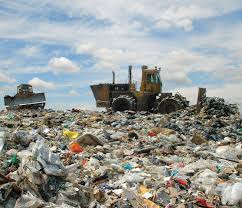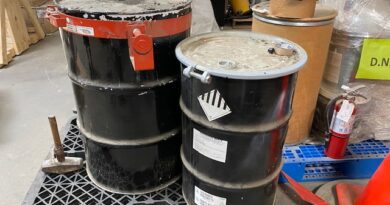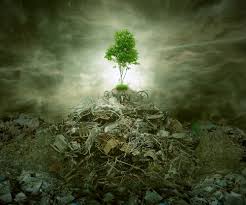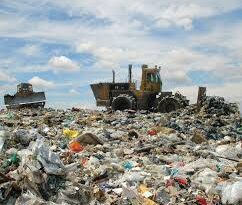Types of Solid Waste and Sources of Solid Waste
Solid waste can be categorized as refuse, garbage, rubbish, ash, clinkers etc. We will describe them further below. However, in most situations the words can be used interchangeably.
1. Refuse
Refuse derived from its original connotation means rejects, and in this context, refers to the solid waste component that can easily be burnt or decomposed.
It is the combustible and putrescible component of solid waste emanating from human domestic activities especially from the kitchen, homes etc.
In other words, all non-hazardous solid waste from a community that requires collection and transport to a processing or disposal site is called refuse (or municipal solid waste).
Examples include paper scraps, crusts, husks, dry pods, dry leaves, paper raps and small cartons etc. Refuse is made up of the garbage and rubbish.
2. Garbage
Garbage is mostly decomposable food wastes which are highly putrescible. The putrescible solid wastes generate humus and thus enrich the soil and some can be sorted and used as hog feed.
However, on serious accumulation, they attract and breed flies and other insects. They also provide food for rats and other vermin and their fermentation results in the production of unpleasant odor.
3. Rubbish
This also means worthless, useless and unwanted matter that is to be disposed of. This is the dry component of refuse which are not easily decomposable or putrescible. Examples are trash, scrap metals, junk, rubble, debris, detritus, glass, cloth etc.
4. Ash / Others
Ashes are products of combustion of materials. In may include wastes from utilization of wood energy in households and small industrial concerns and also by-products of controlled burning or incineration of wastes.
Read Also : Definition and Objectives of Solid Waste Management
A related waste form is cinder or charcoal which in itself is a useful fuel. Dust is another waste type that may accumulate in the environment. These are mainly mineral in nature and may contain a number of trace elements important in agriculture.
Sources of Solid Waste
We have earlier noted that wastes emanate out of human activities in the environment. It therefore follows to reason that the source of solid waste will depend on the location and type of human activity being carried out.
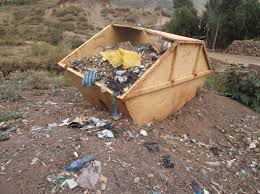
Thus we have domestic or household sources, agricultural activities, industrial processes, clinical activities/research and commercial/trading activities.
1. Domestic Sources
Human activities in the homes generates wastes of varied characteristics ranging from rejects arising from food preparations to left over foods, rapping materials of purchased items and disused household furniture and materials.
The bulk of wastes of domestic origin are either putrescible or combustible. They are mainly biodegradable in nature.
2. Agricultural Sources
Agricultural activities contribute to the major waste stream of a community. Agricultural wastes are mainly biodegradable refuse (garbage) emanating from the growth and processing of farm products.
It may also include to a minor extent disused materials, implements and machinery.
3. Industrial Sources
Industrial processes also generate a great proportion of solid wastes of a municipality. Industrial solid wastes may vary dependent on the type of industry but commonly it may consist of rejected packaging materials, disused materials, equipment and machinery and also substandard products of such industries.
Some fraction of industrial solid wastes may be hazardous in nature which again depends on the type of industry.
For instance electronic manufacturing or assembling industry will generate hazardous wastes as opposed to food processing industry and schools as educational industry.
4. Clinical Activities / Research
Clinical activities in hospitals and research institutions generate solid wastes which we shall in due course discuss its careful handling due to potential danger inherent in them.
Apart from the packaging materials of products and other garbage, hospital solid wastes may contain anatomical wastes, disused drug and vaccine vials, contaminated needles and syringes etc.
5. Commercial Activities
Commercial or trading activities generate plenty of wastes which are mainly similar to domestic waste in characteristics and composition.
Read Also : Classification of Solid Waste
They are mainly composed of disused rapping materials, waste food products and other rejected articles of trade. The nature and composition of market wastes vary according to location and level of development.
Rural markets generates up to 80% organic waste (crude estimate) compared to cities and urban areas where sophisticated materials including chemicals and electronic wastes may form part of the bulk waste.
